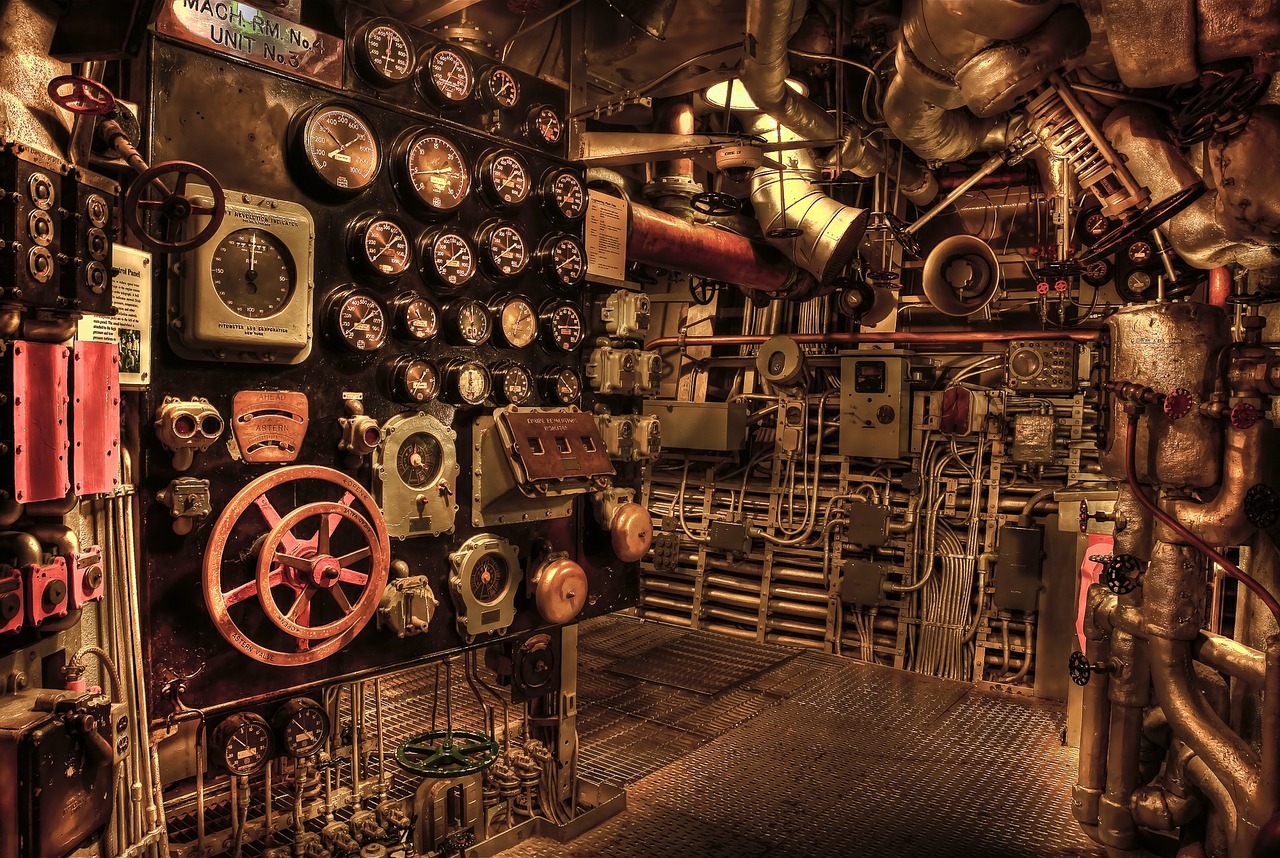The Vessel
If you could travel anywhere, where would you go? You have a vessel you can board that could take you anywhere…
Most people I know would imagine a boat or a car or spaceship and envision places in the world they would love to travel to. If I were to travel anywhere, I’d go home: Israel.
But there’s a rule when it comes to Jewish interpretation/exegesis: we always have four levels or layers of understanding.
Kabbalah teaches us the notion of PaRDeS.
- Peshat
- Peshat is the first layer of understanding. It is the simple meaning, or “straight” surface, which is the meaning of the word. This level would interpret the vessel query exactly as it simply sounds: a boat to cross the ocean.
- Remez
- Remez is the second layer. This is the symbolic meaning just beyond the literal sense. This is where most of secular semiotics dwells. Semiotics means the study of signs and metaphor. This gives us a symbol merely hinted at. Perhaps the vessel is your body and where you walk is your journey instead…
- Derash
- Derash, the third layer, looks at midrashic meanings. It is to inquire or seek answers beyond the simple and symbolic. We look at similar circumstances to establish precedent and expectation. What has vessel historically meant? In many instances, the vessel is a container for the soul. At this level, then, it is the journey of life that forms our soul and defines our future.
- Sod
- Sod is the deepest level, the secret wisdom. This is the esoteric or mystical meaning that we obtain through inspiration or revelation. How is that accomplished today? Sometimes through study of Torah. Other times, meditating on Tehillim. Other times still the chochma b’emet: the True Wisdom. Before being called Kabbalah, Kabbalah was known as the True Wisdom. The name waned because of the confusion that it suggests perhaps Torah wisdom isn’t true, but even that is just a peshat. So, in our tale? At this level, the nothingness is who you are and the existential is your vessel that guides to to HaShem via tikkun olam.
The image I used at the front is intentional.
There are so many knobs and buttons that makes the vessel infinitely confusing. So too is life. We start as a traumatic essence shoved into a body and realm that isn’t our own. Some of us mask the hurt up with addictions and obsessions. Others crack at the seams. And then there are those that find the chochma b’emet to it.
Who are you?
You’re not your brain. You control your brain. You’re not your soul, since you have a soul. What is you? The pure essence of you? Rabbi Aryeh Kaplan tackles this conundrum in his book Jewish Meditation. When it comes down to it, you are the nothingness. What is nothingness? It’s not dark. You can see dark. It’s what is behind your head…nothing. Something you can’t even conceive. That’s where HaShem happens to be as well. How? Well, we were made in His image, correct? We have His spark of creation in us. Also, Kabbalah teaches us that HaShem is Ayn Sof, the one without physicality. If he is infinite and not physical, then He simultaneously is separate from our realm and all-encompassing as well.
So then you have a little bit of G-d in you (don’t let it go to your head, it’s not like that!). So what is the vessel? The vessel is the physical realm and your job is to journey it and put right the wrongs, injustices, and pain. Take something broken and mend it. That is our journey.
So, let’s try this again:
The Vessel. It can take you anywhere not here. Where are you going? Why?
Can we elevate our mental exercise to a conscious act of submission and worship?

